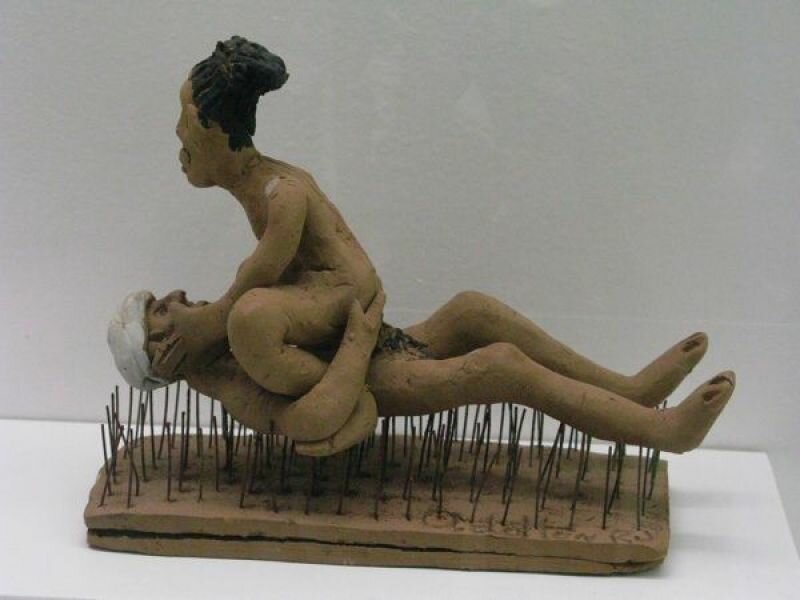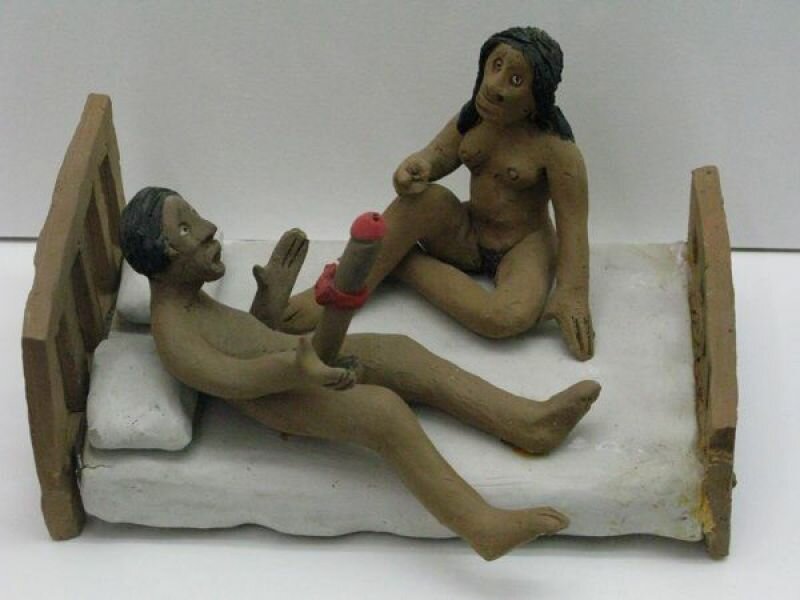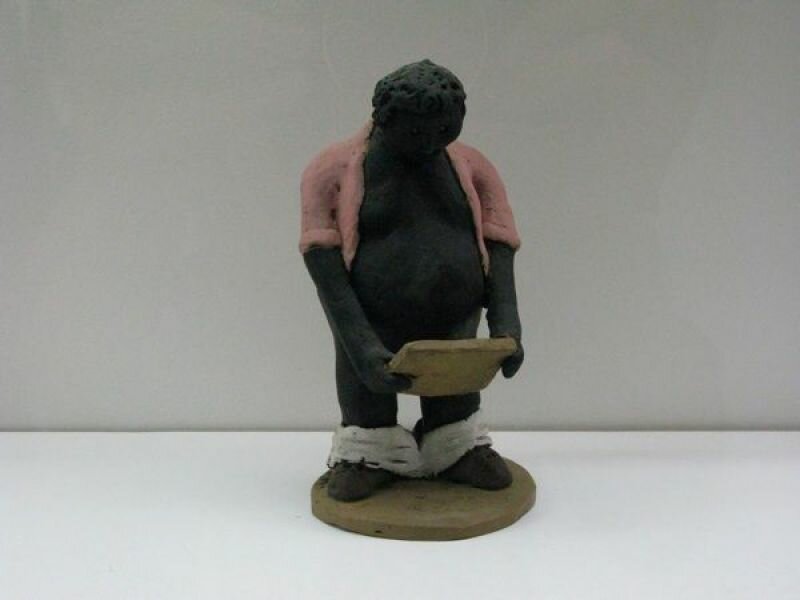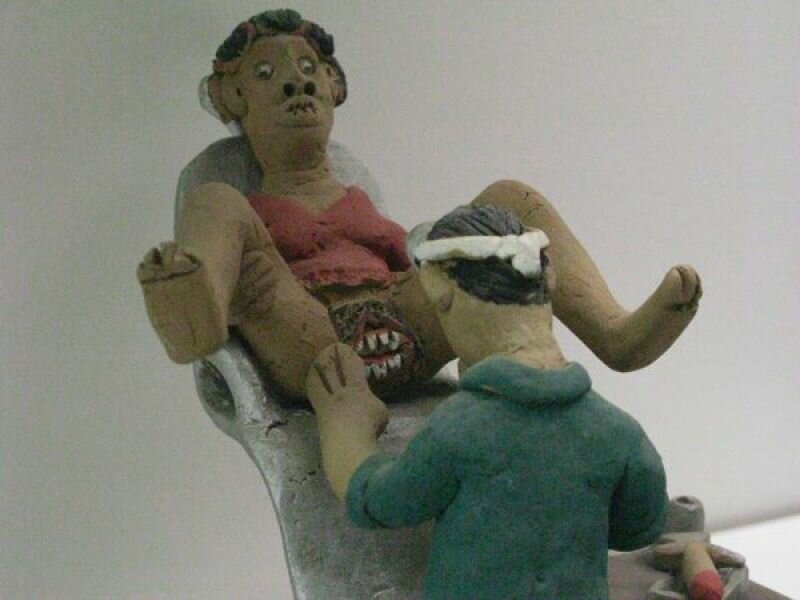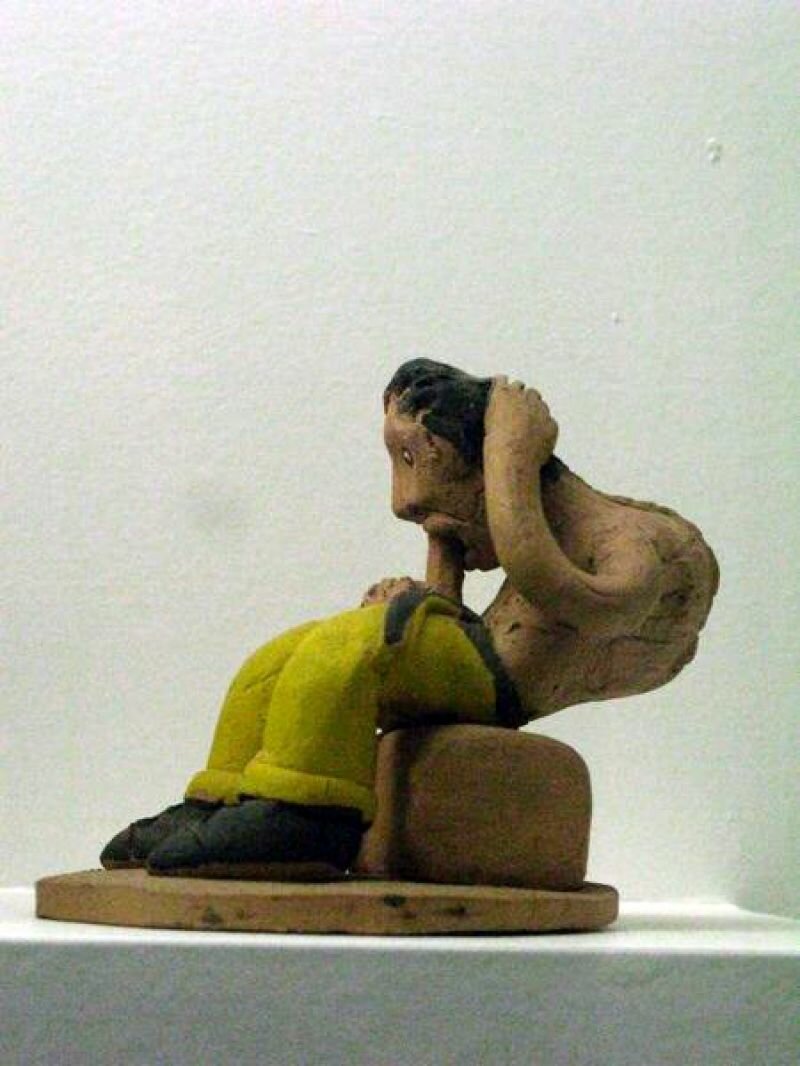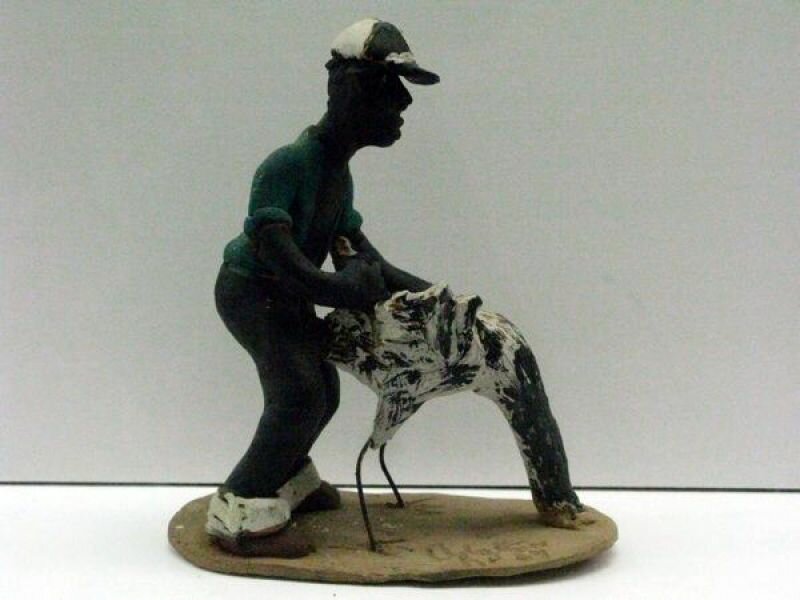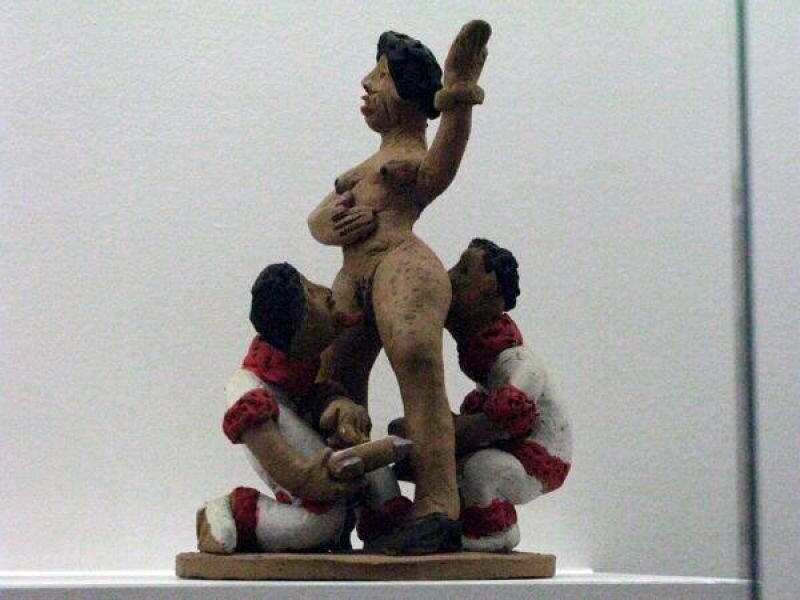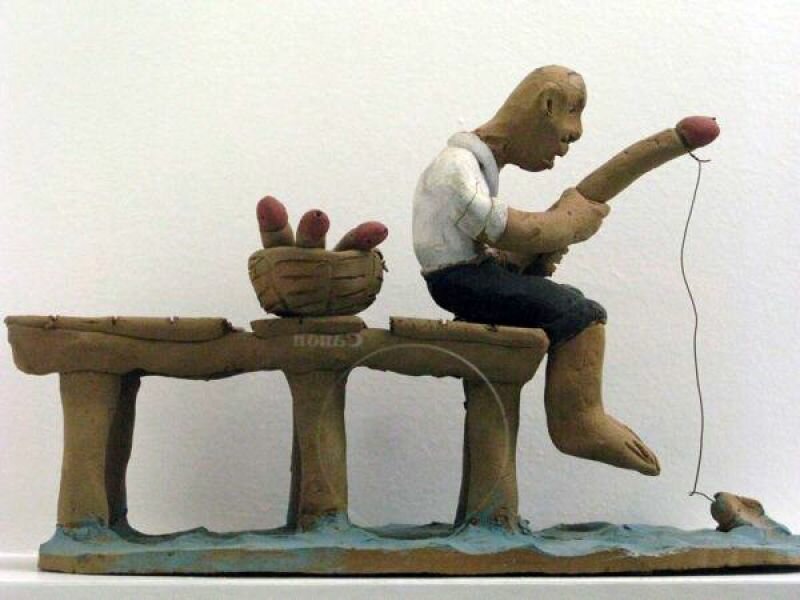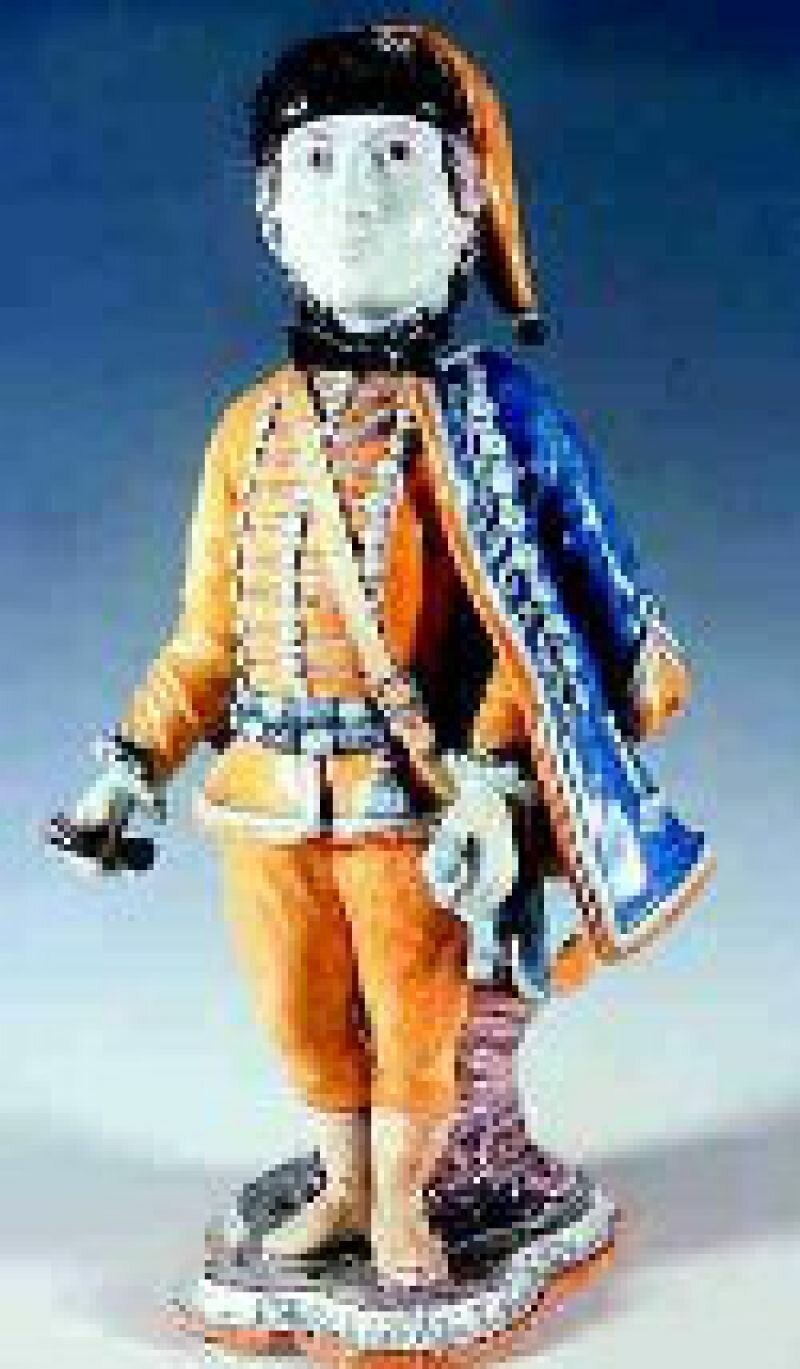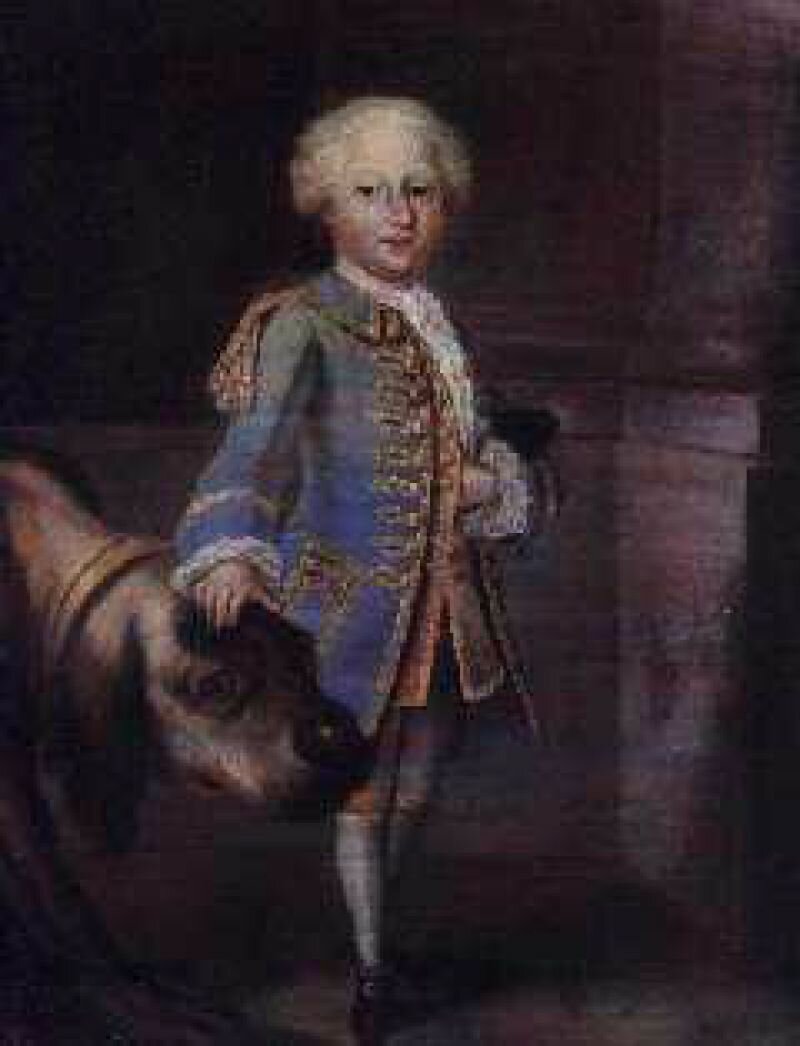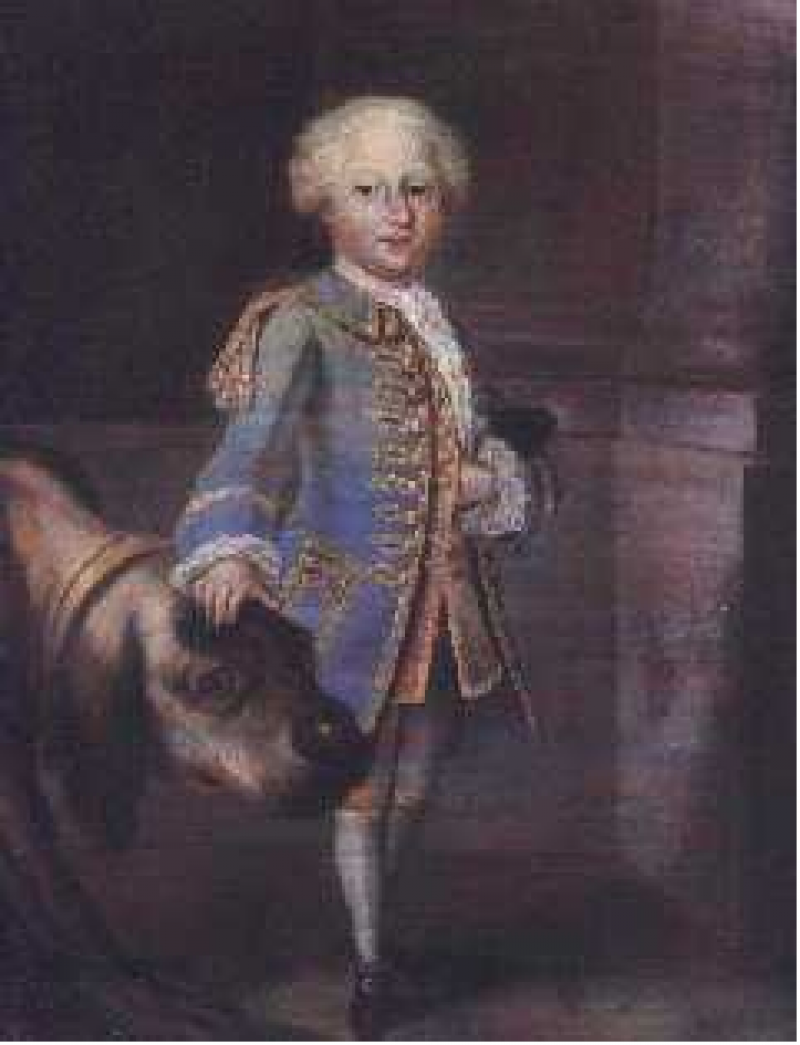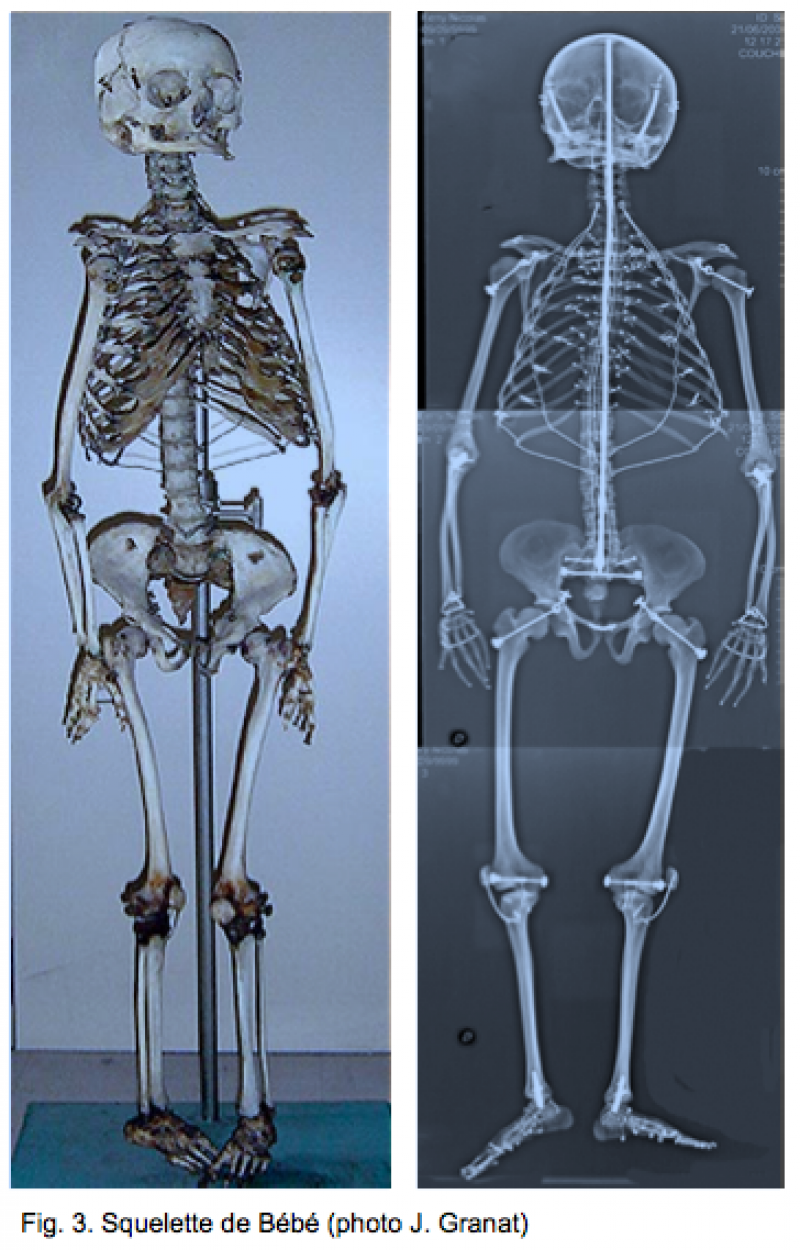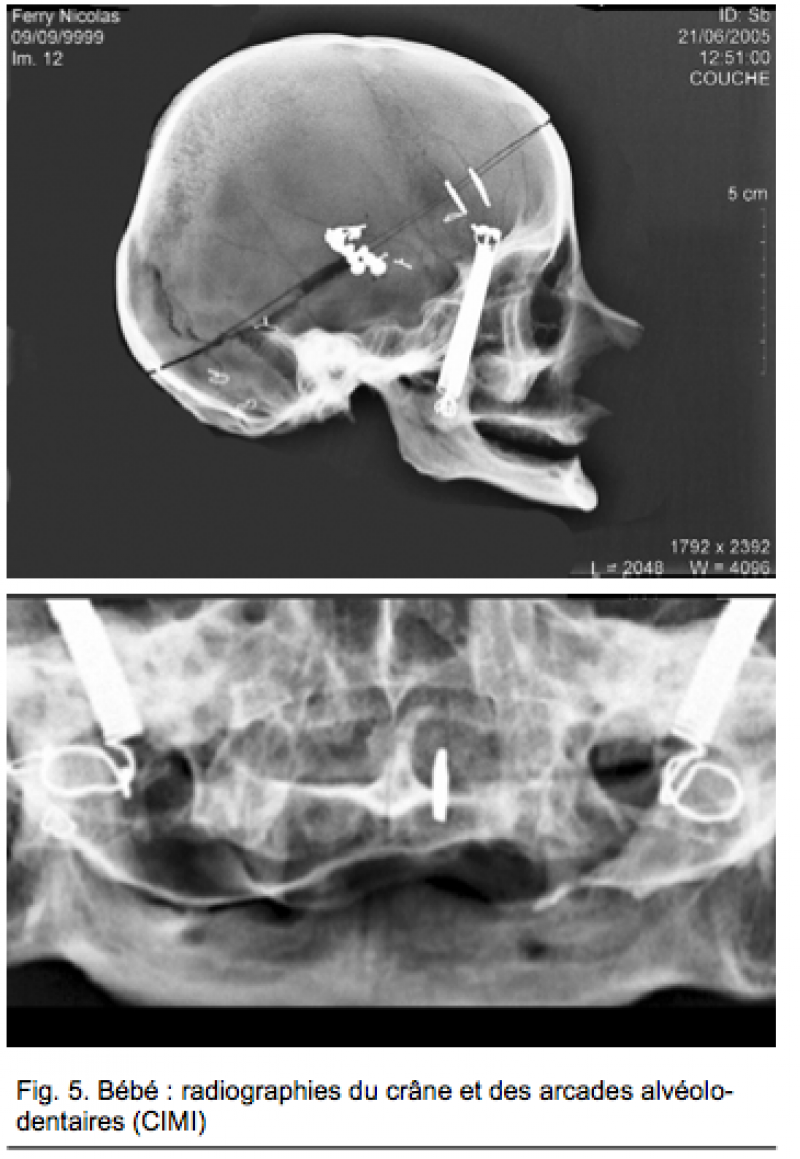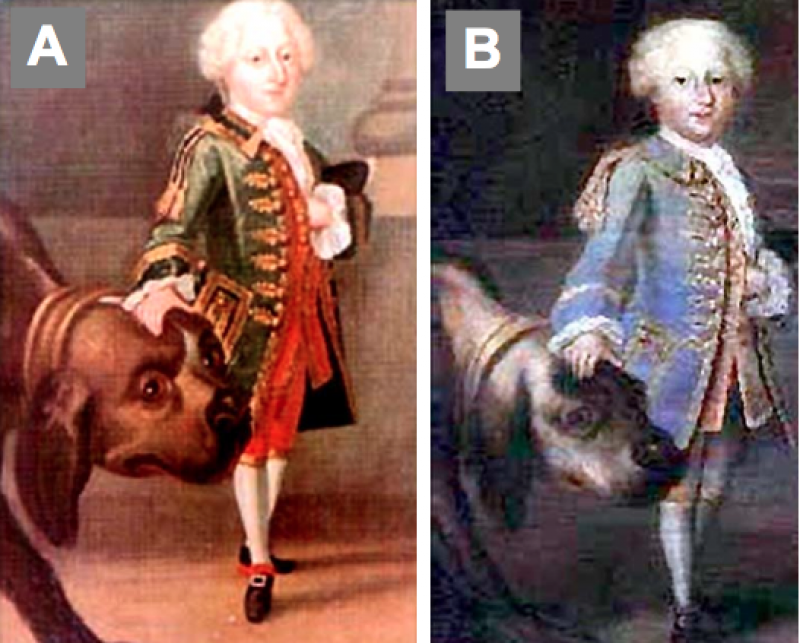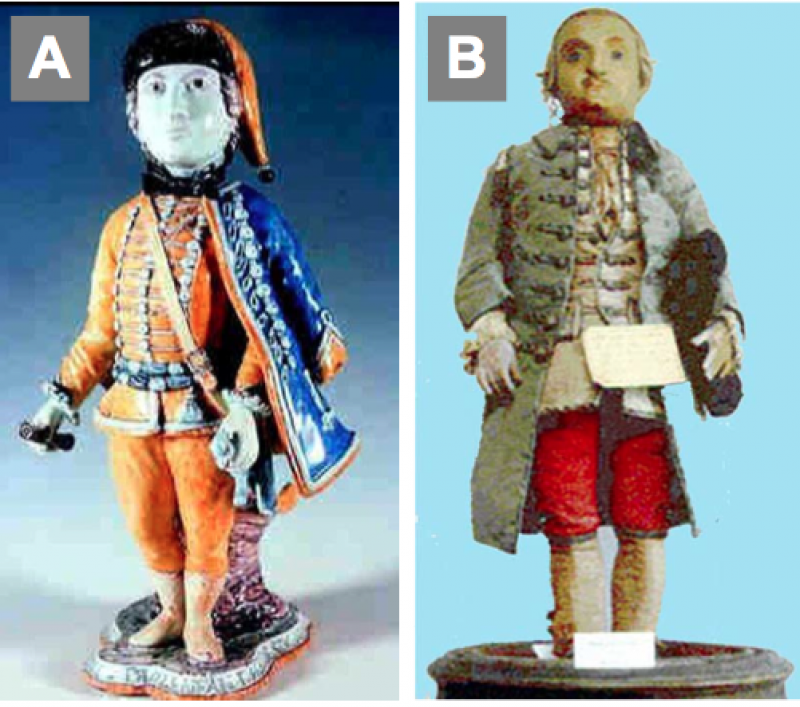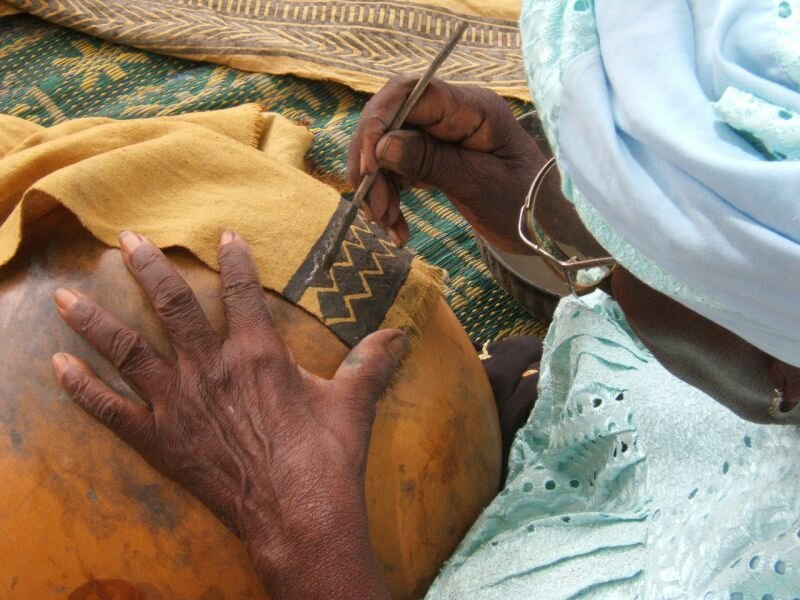
tumblr_mudn22T9dH1rqkjy0o2_1280pg
Mud - mother of all materials? Dirty and unscrutable.
Ceramicists lovingly/jokingly refer to their material as mud and admire both its ability to be formed into an object and likewise to crumble.
“Uit de klei getrokken” (translates from Dutch to: drawn from clay) is an intriguing rudimentary cup and saucer set. The designer, Lonny van Rijswijck, used various sorts of Dutch clay. Thanks to the baking process, variations in colour and texture are made visible. A pale yellow hue from Limburg, a shiny brown from Utrecht, Brabo terra cotta. It’s these differences that, according to the creator, visualise the “impressive but unpretentious similarities between origin and identity”
As an artistic concept it’s exceptionally effective. In terms of functionality and form it’s not quite as successful. In other words, the concept materialised through tableware raises a legion of issues. Not in the least by its material.
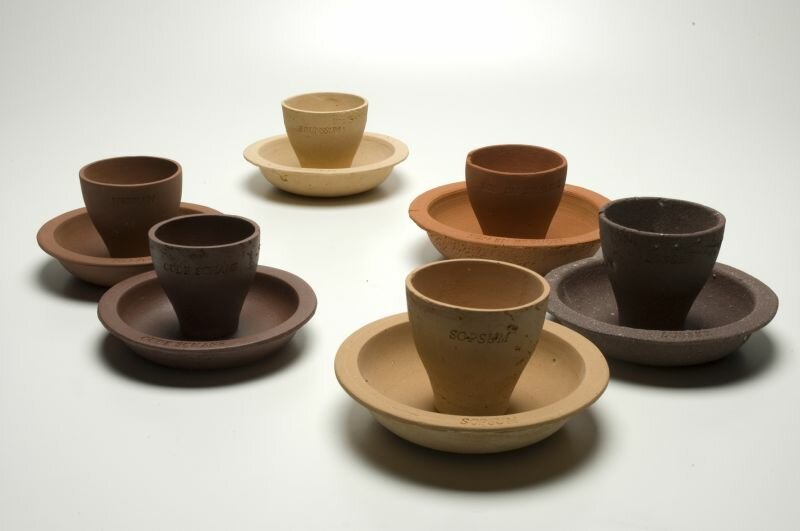
A cultural and historical interpretation:
In Items 1993/2 I asked Benno Premsela, authority on design, about possible reasons for the – at that time – undervaluation of Dutch designers. Premsela had already given up hope. How could this country of “redistributors of sand and mud” match themselves to countries like Italy and Finland? Needless disdain! Clay is derived from mud that despite it’s simple image, might be the mother of all materials.
Outside of Europe, mud also has its uses: like in the bogolans, clay paintings from Mali, where imposing structures are built using clay. During Mali’s celebration of its independence in 1960, the need arised to swiftly produce festive clothing. The Malinese rediscovered the bogolon techiniqque with which mud was used to print patterns in deep black onto fabric. As a result, yearly competitions were held to determine which region made the most exquisite bogolan. In the seventies, Malinese artists and fashion designers began to seriously apply bogolan. Besides deep black, brilliant white prints were made.
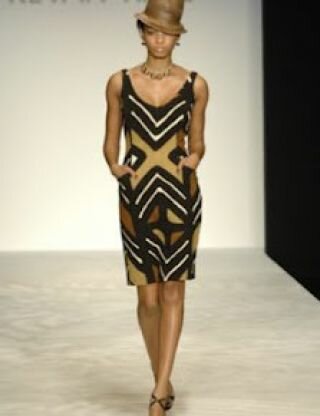

“I don’t care it’s muddy there/it is my house [...] My heart cries out for muddy water.” – Bessie Smith

